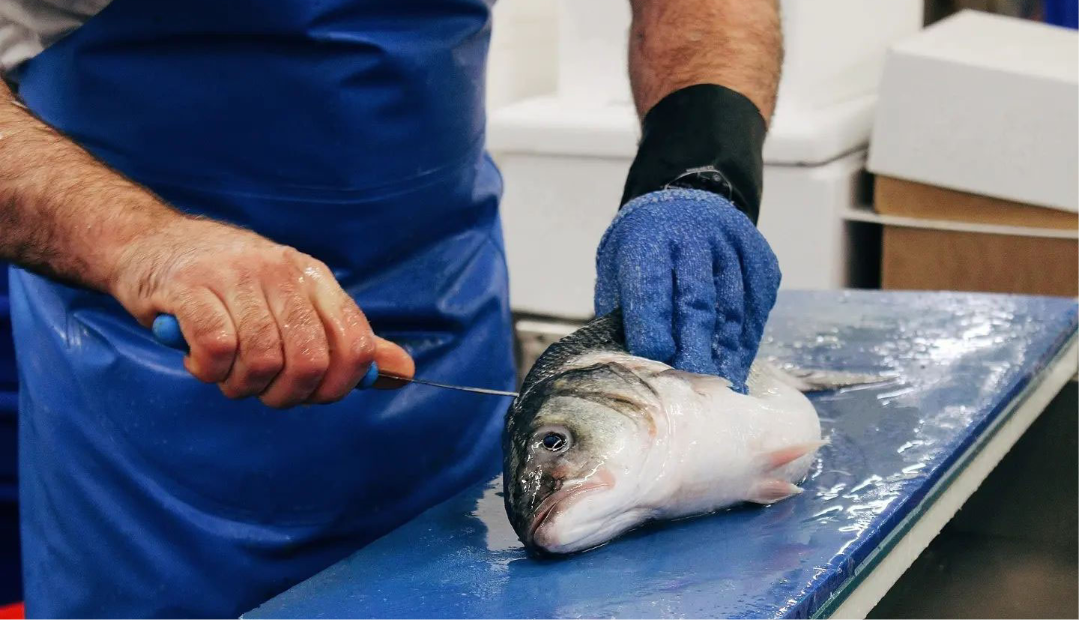Skilled Fishmongers
Our expert team of fishmongers have a wealth of knowledge and years of experience behind them. They go above and beyond to attend to the finer details and some of the preparation we provide, free of charge, includes filleting, descaling, pin boning, flick boning, skinning, gutting, trimming, portioning, and many more particular requirements you may have. However, we can also deliver most of our fish whole, or partly prepped, so you can experience preparing your very own fish in the kitchen!
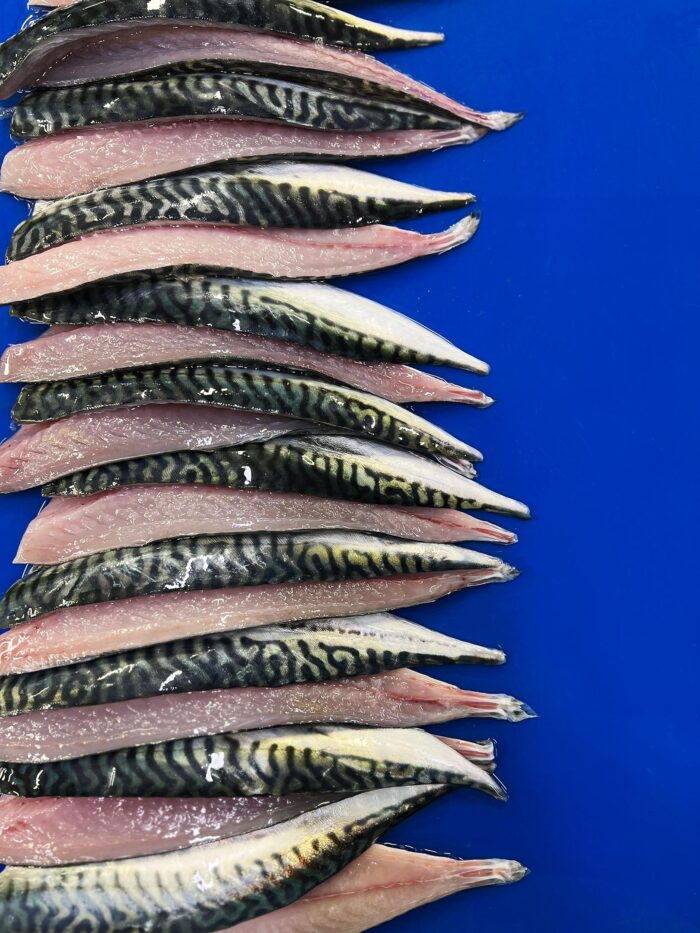
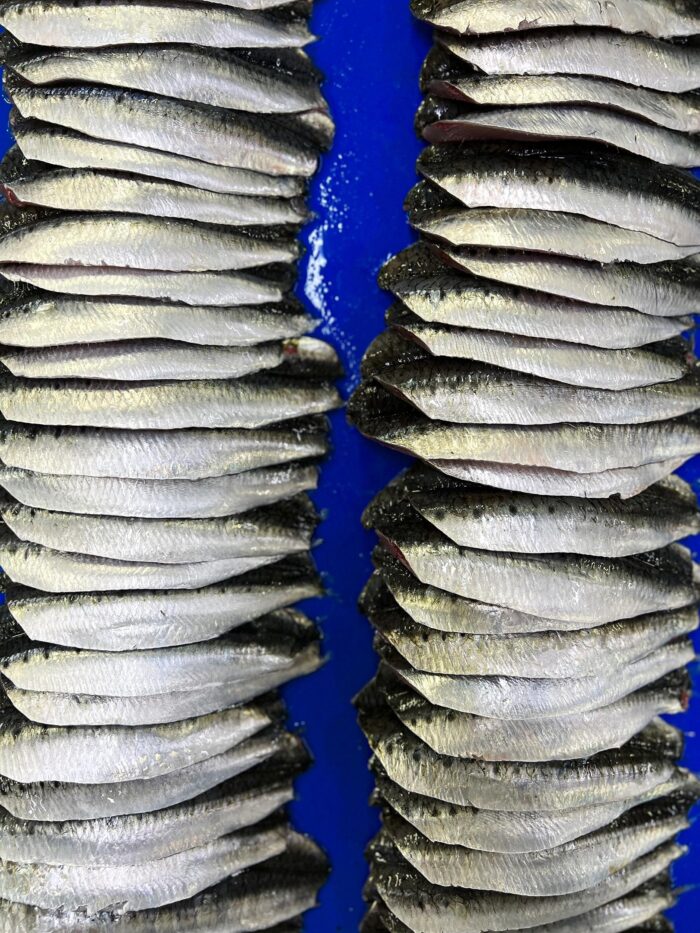
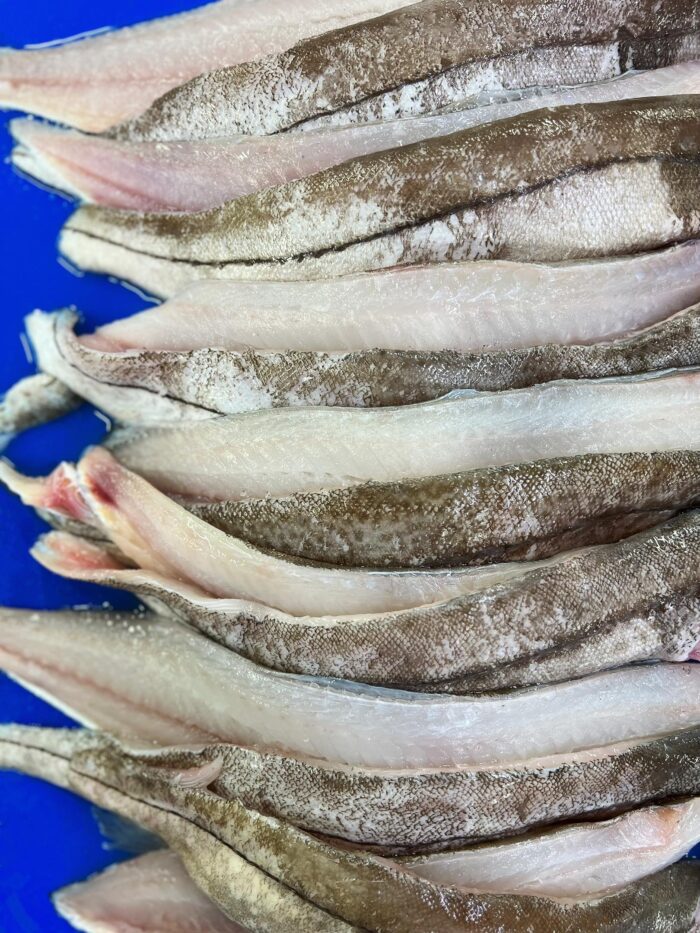
Our Fish preparation Guide Below Explains the Different Cuts and Portions We Can Prepare as Part of Your Order:
Butterfly Fillet
Smaller, whole fish can be prepared by removing the head and cutting through either the back or belly side of the fish. The two small fillets remain joined along one side, creating a butterfly fillet when opened.
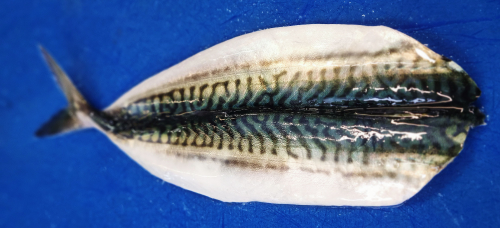
Types of fish that can be prepared as butterfly fillets:
- Herring
- Mackerel
- Rainbow Trout
- Sardines
- Sea Bass
- whiting
Watch our quick video tutorial on how to butterfly fillet a Sardine.
Canoed Fillet
The fish is gutted and filleted through the back with the head left on. This leaves a ‘canoe’ style fillet, ideal for filling.
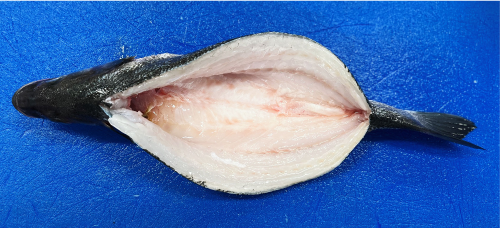
Types of fish that can be prepared as canoed fillets:
- Herring
- Mackerel
- Rainbow Trout
Watch our quick tutorial on how to canoe fillet a Sea Bass.
Fillet
Fillets are the most commonly used cut. The fish is taken off the bone to create a fillet which is then pin-boned. Fillets cut from larger fish can subsequently be cut into portions also known as suprêmes.
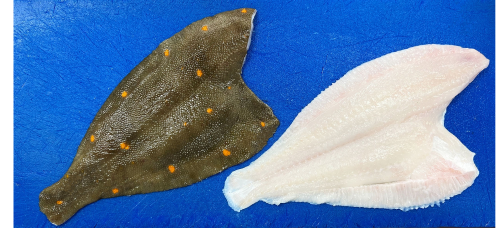
Types of fish that can be filleted:
- Cod
- Brill
- Dabs
- Dover sole
- Gurnards
- Herring
- Lemon Sole
- Megrim Sole
- Monkfish
- Plaice
- Pollock
- Rainbow Trout
- Salmon
- Sardines
- Sea Bass
- Whiting
Watch our quick tutorial on how to fillet a John Dory.
Goujons
Goujons are small strips cut from a fillet lengthways. These are usually prepared by coating and frying. Typically produced from white fish.
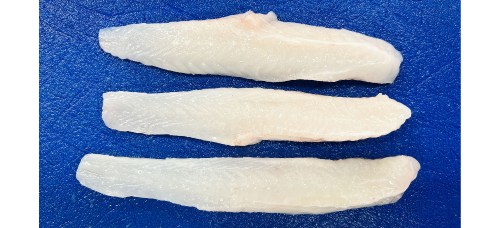
Types of fish that can be prepared as goujons:
- Cod
- Lemon Sole
- Ling
- Plaice
- Pollock
- Whiting
Loins
Loins are cut from large fish. Typically, large loins will be cut into boneless suprêmes.
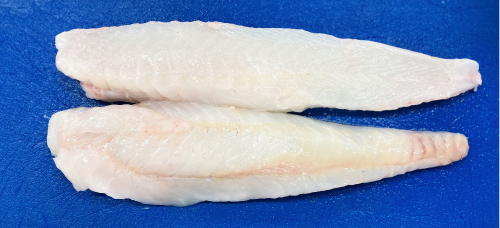
Types of fish that loins can be cut from:
- Monkfish
- Swordfish
- Tuna
Pin Boned
Once a fish is filleted it may still contain tiny bones (pin bones). These can be removed by machine or more traditionally by hand with pliers.
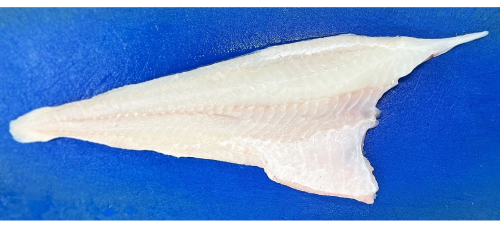
Types of fish that can be pin boned:
- Cod
- Haddock
- Mackerel
- Pollock
- Salmon
- Trout
- Whiting
Watch our quick tutorial on how to pin bone a fish fillet.
V-Boned
Once a fish is filleted it may still contain tiny bones. For some smaller species of fish, these can be removed by using the v-bone method where you gently ease away the backbone, carrying all the tiny bones with it.
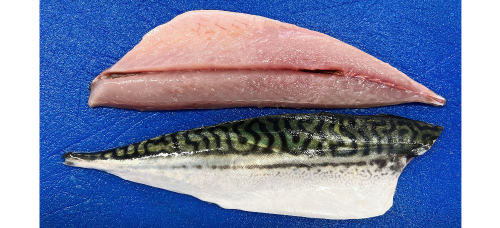
Types of fish that can be pin boned:
- Mackerel
- Gurnard
- Ling
Watch our quick tutorial on how to v-pin bone a mackerel.
Steak, Darnes and Tronçons
These are terms for cutting portions right through the bone from the whole of a round fish.
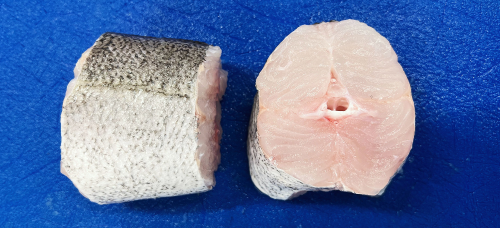
Types of fish which can be cut as steaks:
- Cod
- Hake
- Salmon
Supremes
These are cuts from large fillets or loins of fish yielding a thick boneless portion.
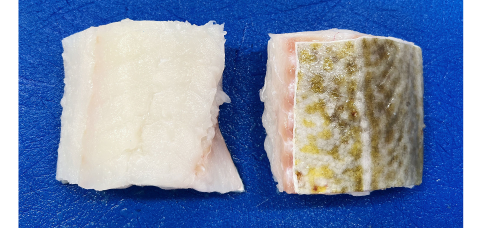
Types of fish that can be cut as supremes:
- Cod
- Haddock
- Pollock
- Salmon
- Swordfish
- Tuna
Download a copy of our fish and seafood guide to see the range of fresh fish and shellfish, preparation options available, catch methods and yields.

